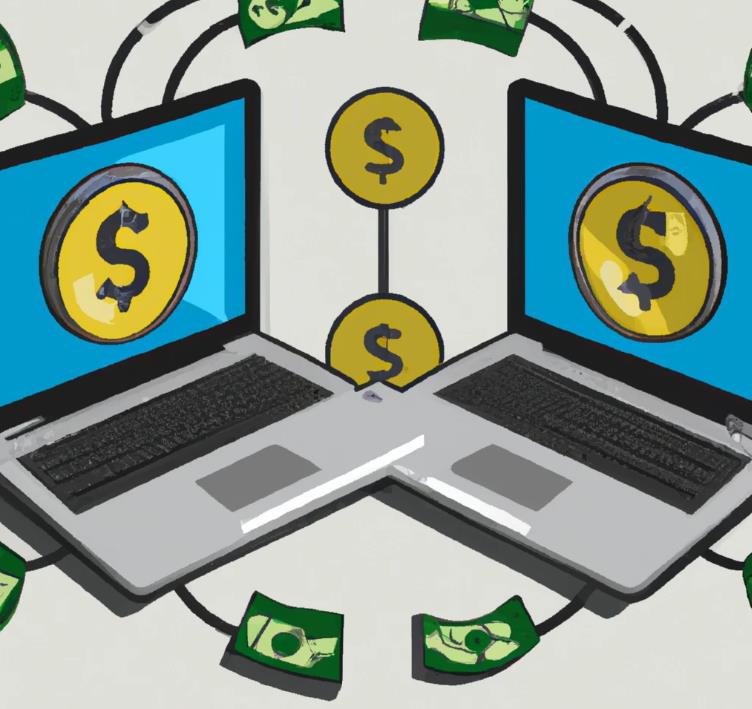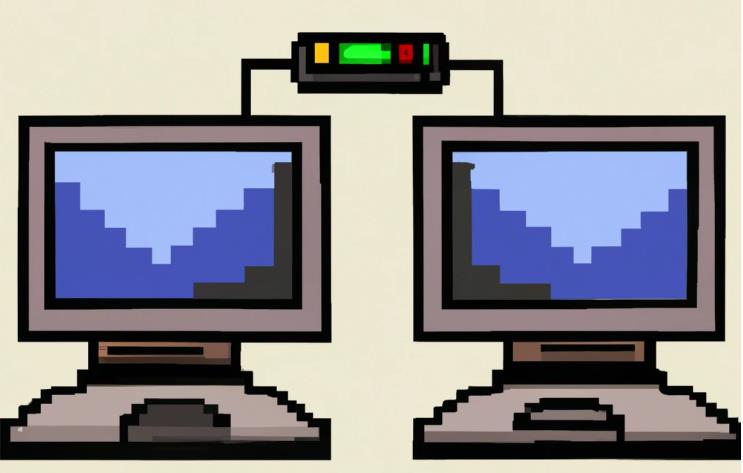My beef with 'Saas' - Part 1
Part 1: Saas overview
Part 2: Saas in the aas

As a consumer of software in the '80s and '90s (games and office productivity packages mainly) I only knew one way of buying. You paid up front, got your disks, and then went about your business. In a year or two the software provider would bring out a new version and you would think about swapping to it.
Buying the new version might be at full cost, or it might be an 'upgrade' at reduced cost. This depended on the vendor.
I was vaguely aware that certain packages had the ability for you to pay a yearly support fee which covered things like phone support and software updates.
There were plenty of small variations of this model (for instance, if you upgraded from version 1 to version 2 you might be eligible for a reduced price, whereas if you skipped a few versions and went to upgrade from version 1 to version 4 you might be required to pay full price).
I call this the "buy-to-own" software model.
Vendors made their money up front. To get ongoing revenue they:
- kept finding new customers to sell to, or
- improved their software and sold the upgraded version of it to existing customers.
From a customer perspective this was a good way of doing business. If your software did everything you wanted you never had to upgrade. Nothing more to pay, ever 1. If you wanted new features you generally understood that somebody had done work to make these and you would now have to buy the latest version.
The fact that you actually received something physical (disks, manuals etc) in actual packaging also made the model comfortable and familiar. It was just the same as if you were buying any other physical product at the time.
For vendors it was pretty much the only way of selling software. For many it worked really really well.
Obviously there were some wrinkles for the customer in this model. Even if you didn't want to upgrade you still might have been forced to. If you changed computer and the operating system had been upgraded your old package might no longer be compatible. So it was never quite as simple as "buy once, use forever".
When the internet became a thing people started selling online services. You didn't actually install this software, it resided on the vendor's server, and you just ran it within your browser.
Vendors realized that this was a problem for the buy-to-own model. They didn't want to get paid once and then have to maintain their server infrastructure forever with no more revenue. So they started to sell time-based subscriptions.
It was the late '90s when the term "Software as a service" (Saas) was first coined for this business model. Examples of early operators who paved the way for this model include Salesforce.com, NetSuite, and WebEx.
Customers understood. It made sense to pay ongoing fees while you were using the vendors remote hardware (servers) to host the programs and keep your data (storage). Obviously you didn't "re-buy" the full cost of the software each billing period (month/year/whatever). The billing period cost was brought down so that, in total, you were probably paying (over time) something similar to what you had been paying previously (after accounting for periodic upgrade, support etc.).
In the 2000's this model really took off2. It seemed impossible to read a software business magazine that wasn't gushing about it. Why? I asked the question of ChatGPT.
Benefits of selling Saas
Predictable revenue: With subscription-based pricing, businesses can predict their revenue with greater accuracy. They can forecast their cash flow and plan for growth and investment.
Customer retention: By offering a subscription-based pricing model, businesses can increase customer retention. Customers are more likely to stay with a business that offers a convenient and reliable service at a predictable cost.
Upselling opportunities: Subscription-based pricing allows businesses to offer different tiers of service and incentivize customers to upgrade to higher tiers. This provides an opportunity to increase revenue through upselling and cross-selling.
Reduced customer acquisition costs: Subscription-based pricing reduces customer acquisition costs by eliminating the need to constantly acquire new customers. By focusing on retaining existing customers, businesses can reduce marketing and sales expenses.
Improved customer engagement: Subscription-based pricing allows businesses to have an ongoing relationship with their customers. This creates opportunities to engage with customers, understand their needs, and provide better service.
Improved product development: Subscription-based pricing provides businesses with ongoing revenue that can be invested in product development. This allows businesses to improve their product or service and stay ahead of the competition.
But what about customers? What does ChatGPT think they like about Saas?
Benefits of buying Saas
Lower upfront costs: Saas customers typically do not have to pay large upfront costs to purchase and install software, as the software is hosted on the vendor's servers and accessed through the internet. Instead, customers typically pay a monthly or annual subscription fee, which can be more affordable for businesses of all sizes.
Scalability: Saas customers can easily scale their use of software up or down based on their business needs, without having to invest in additional hardware or infrastructure. This means that Saas can be a good fit for businesses with fluctuating demands, such as seasonal businesses or businesses experiencing rapid growth.
Accessibility: Saas software can be accessed from anywhere with an internet connection, which provides customers with flexibility and mobility. This is particularly important for businesses with remote employees or multiple locations.
Automatic updates: Saas vendors are responsible for maintaining and updating the software, which means that customers receive automatic updates and improvements without having to manually update the software themselves. This can save customers time and money and ensure that they always have access to the latest features and security updates.
Improved collaboration: Many Saas products are designed to facilitate collaboration and teamwork among employees, which can improve productivity and efficiency.
Lower IT costs: Because Saas vendors are responsible for maintaining the software and infrastructure, customers do not have to invest in a large IT team or hardware infrastructure. This can save businesses a significant amount of money and allow them to focus on their core operations.
Ok. I think ChatGPT did a reasonable job there, with a few exceptions. I think it mixes the Saas model with the "Cloud based delivery" model a bit. Understandable, as initially they were tightly tied together.
One benefit I think ChatGPT missed for business customer was the ability to convert certain capital expenditures (CapEx) into operational expenditures (OpEx). This has important finance and tax benefits for certain enterprises.
The big benefit for early Saas vendors missed by ChatGPT was the potential to be bought at an inflated valuation. Venture Capitalists fell in love with Saas. It is crucial to understand it wasn't solely Saas that VCs found so compelling. As we have noted, Saas companies were Cloud based companies. These tended to be fast to market, inexpensively scalable, and generally had lower initial capital costs.
The combination of Saas and Cloud disrupted and undercut the existing dinosaur markets that had been happily doing business the buy-to-own way for the previous 20 years. The new companies were able to rapidly gain market share and reap big profits.
Suddenly every Tom, Dick, and Harry who wanted a big exit decided that they had to be in the subscription software business. The "Age of Saas" had begun. Every business journalist and software blogger was hyping up the market with newly learnt buzzwords like "Monthly recurring revenue (MRR)", "Churn rate", "Freemium", and "Customer lifetime value (CLV)". You couldn't escape it. Good times!
I'm a software guy. I like money. I like happy customers. So what exactly is my beef with Saas?
To obtain the answer you will need to advance to Part 2.

I personally run an accounting package that is now 17 years old. It cost me in 2006 what a single month of an online accounting package would cost me today. Sure, it's a bit clunky by modern standards, but it works and I know it well. What a bargain!↩
To be fair, Saas has probably been around as long as computers. But prior to the internet mostly in expensive and customized enterprise systems, and probably in the guise of something boring like "service and development fees". It was not common in consumer and small business markets.↩